A focus on the other 99.9% of Earth
The Mineral Physics Group at the University of Washington is exploring properties of earth materials using a number of experimental and theoretical approaches WATCH SEMINAR HERE
NEW: Here is a link to Information concerning Local Basis Function Representations of Thermodynamic Surfaces
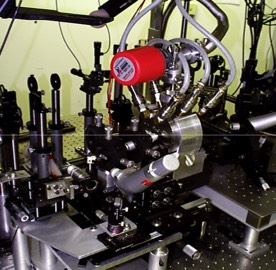
Click for Selected Publications and Software (downloadable)
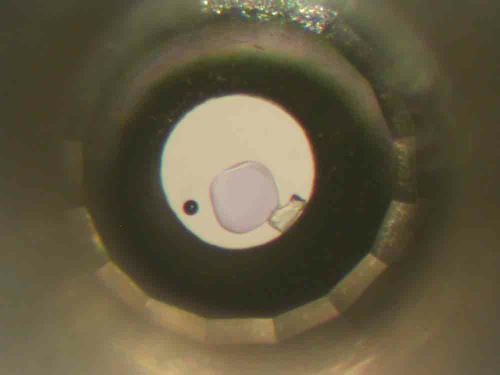

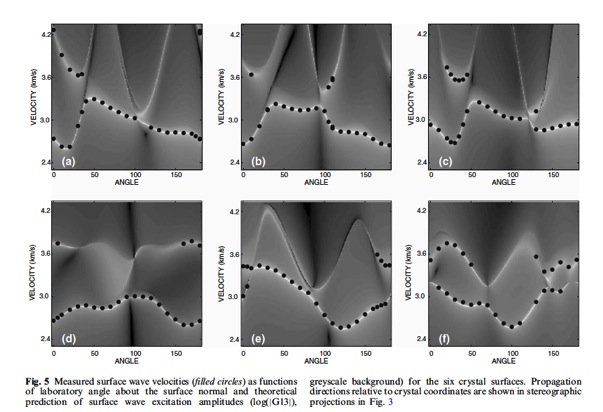
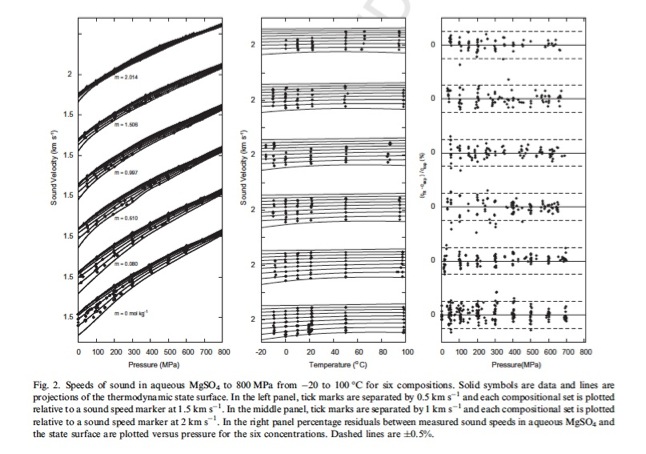


Posters below show some laboratory activity
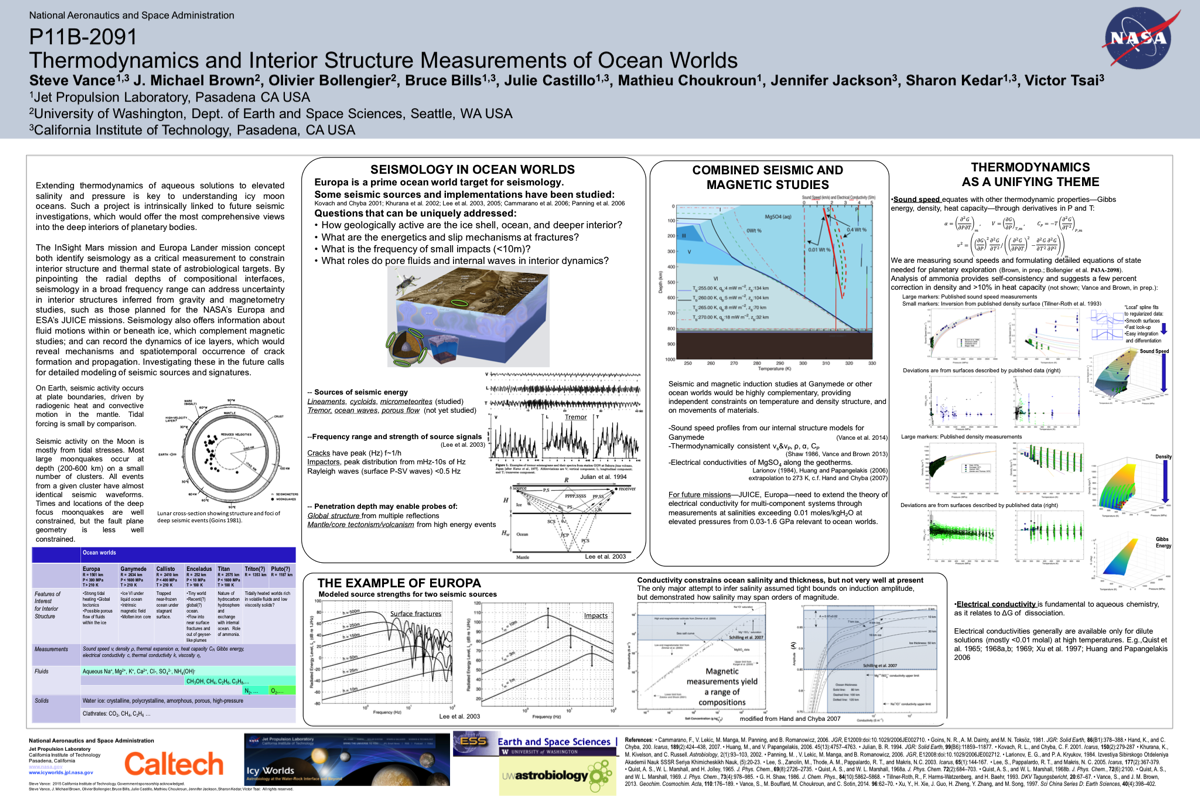


J Michael Brown